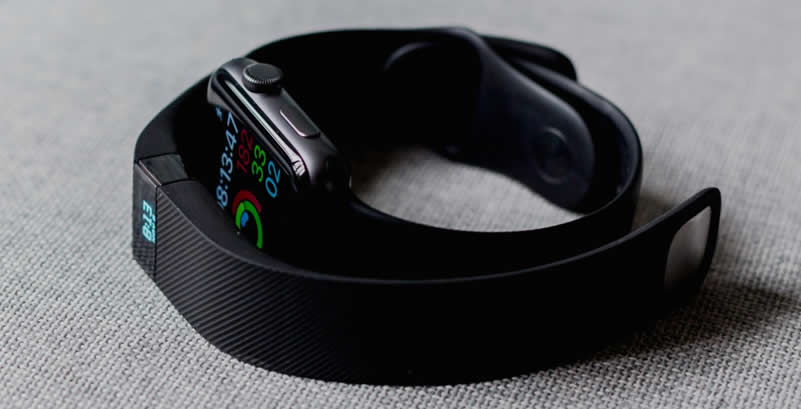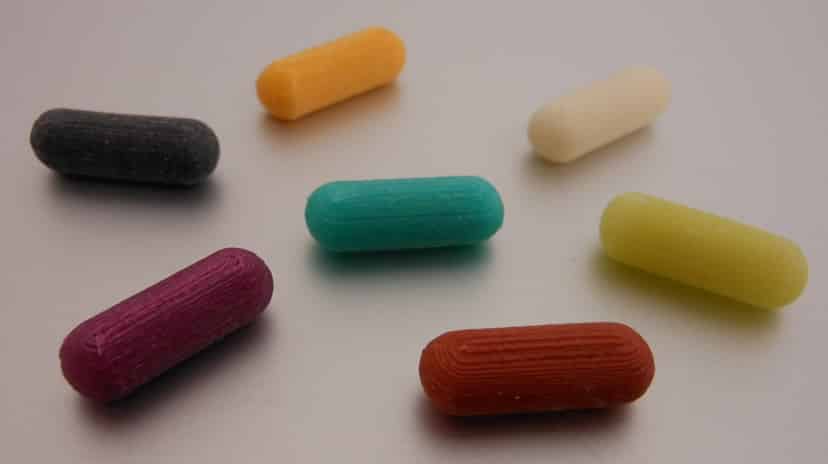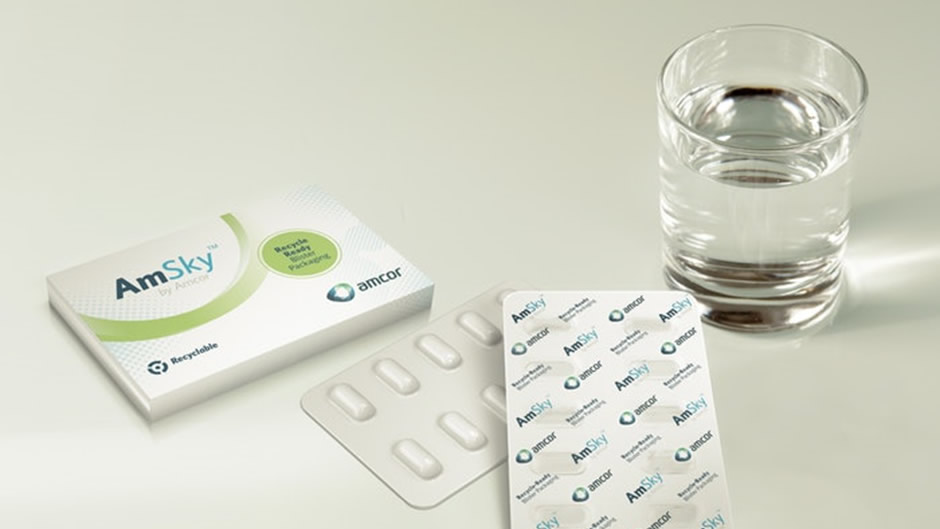An empathetic consideration of people’s lived experiences in new drug development is a key factor in availing products that improve patient outcomes while also reducing costs to society.
Enosh Mwesigwa PhD MBA
Pharmaceutical Industry Professional
The broad appeal and runaway success of the iPhone (and other products including the Fitbit Versa, Google Nest Learning thermostat, and Amazon’s Echo and Alexa devices) has been attributed to many factors, not least their elegant designs, library of applications and the genius of the engineers that created them. All these are valid points of view and I do not dispute them.
What is all the more interesting is that such personable products, such as the iPhone, Fitbit Versa and Nest Learning thermostat, should emerge out of tech. ‘Geeks’ after all are not your stereotypical touchy-feely types compared with, say, your regular healthcare professional.
Those who are interested in design will tell you that all the above-named devices were designed around the lived circumstances of customers. Engineers in tech call this pain points.
The iPhone is designed to address users’ pain points, mindful of the importance of simplifying users’ daily lives. It is not enough to solve a problem; the solution must also be easy to use, look and feel good, and provide a ‘good feeling’ while in use (not create new pain points).
Engineers put a lot of time studying pain points and mapping out the expectations of all their potential customers. Insights gained at this early stage feed directly into any solution they create.
Compare this with the pharmaceutical industry. Once a new drug substance has been identified and completed its clinical evaluation, product developers will embark on developing a dosage form – this is the embodiment of the drug substance that patients eventually use.
The choice of a dosage form is not necessarily guided by users circumstances in the way tech engineers do. Instead, it is the materials available, regulations and technology to fabricate the dosage form that guide selection.
Even in the build up to launching on the market, the drug product remains centre stage, with focus being placed on satisfying clinical needs, as defined by governments or physicians.
All along, end users (patients) remain a distant abstract. How their lived experiences fit in with the selected dosage form or route of administration or dosing frequency rarely feature in conversations.
If you are in doubt, consider this story:
Chester is a 3 year old boy. He was diagnosed with Minimal Change Nephrotic Syndrome just after his second birthday. His condition leads to leakage of protein into urine, which results into many health problems, such as low blood protein levels, high cholesterol levels, high triglyceride levels, and swelling. Nephrotic syndrome patients are also highly susceptible to infections. At various times, he has been prescribed a cocktail of medicines, including rituximab, prednisolone, tacrolimus, ramipril, amlodipine, hydrochlorothiazide, calcium-D, and atorvastatin, in addition to antibiotics which are administered to him from time to time.
For his tender age, Chester’s medication burden is unnecessarily high. His regimen is complex and only a selection of his medicines have approval for use in children of his age. Moreover, a good selection of these is only as tablets (which children of Chester’s age struggle to take).
The issues faced by Chester are not atypical. Patients with chronic diseases face similar challenges.
It is as though those who develop medicines somehow have a blind spot to the many challenges that children like Chester face. You can blame this state of affairs on the way healthcare has traditionally been structured; as patients, we have always depended on our physicians to recommend what to use, and for one reason or another, this has become the default approach.
But things do not need to be this way. As the tech sector has demonstrated, successful products are those developed from the perspectives of end-users. This is what tech calls empathy-driven product development.
Definition of Empathy
Simply defined, empathy is a person’s ability to recognize and share the experiences of another person, both intellectually and emotionally. It involves, first, seeing the other person’s situation from their perspective, and, second, sharing those experiences.
We can distinguish empathy at two levels: individual and organizational. At the individual level, empathy helps us respond appropriately in social situations, build social connections, and support and encourage others on an individual, person-to-person level.
At the organizational level, empathy is about a shared resolve within an organization to show empathy to all stakeholders, including a commitment to recognise and correctly respond to the needs of its customers.
Empathy is not the same as sympathy, a term that describes a feeling of care and concern. Sympathy does not involve a shared perspective or shared emotions.
Examples of Empathy in Products (Fitbit Versa Smart Watch)

Not very long ago fitness trackers were very basic pedometers. There was no option to directly estimate the number of calories burned. Then Fitbit released its range of smart devices (such as Fitbit Versa), which were personalised fitness trackers that also incorporated a smart watch and an app. This opened up new functionalities. Not only were these new devices pedometers, but they also were not able to track fitness, answer calls, send notifications, play music, track your pulse and sleep. Some devices had their own ecosystem of apps, which allowed further personalisation.
As one business analyst commented, smart watches are like “someone who knows more about what you need than you do.”
As I pointed out earlier, in tech, the product must not only be useful and meet a need, but it must also be easy to use, look and feel good and provide a good feeling while being used. Engineers describe these attributes in terms of usability and user experience (UX).
Elements of User Experience (Adapted from Nielsen Norman Group – Definition of user experience)
Now think of the last time you needed the use of any medication such as an inhaler (if you have a child who needs an inhaler device, you will know what I am talking about) or even the humble suppository.
While I hope the medicine was useful, it probably did not meet all the other parameters defined in user experience, such as ease of use.
I know I am pushing the envelope here and the Fitbit Versa and a suppository are literally worlds apart. However, the point is that many products out of healthcare rarely elicit pleasant experiences.
Many oral medicines are unacceptably bitter, medicine packages impossible to open without risking injury, instructions confusing, inhalers impossible to master, and as for suppositories, well, the less said the better! Basically, we’re expected to ‘swallow the bitter pill’ and get on with it.
A little empathy on the part of medicine developers would go a long way. It is not enough for a medicine to be safe and efficacious, patients’ lived experiences; namely their ages, circumstances, preferences, values, cultural traditions, comfort, emotional well-being and socioeconomic conditions, are of equal importance, and need to be included in the formulation equation.
Moving in the Right Direction
Fortunately, there is now a growing interest in using this empathetic approach to new product design within pharma.
Astellas Pharma, for example, is implementing what they call “Patient Focus Experience.” The company aims to understand what matters to the patient and integrating the insights garnered into their development programmes. This will without doubt close the gap between the patient’s needs and the company’s processes and products.
But we still have is that too many companies paying lip service to patients. They still see the world in this paternalistic, myopic way, and are failing to recognise that behind drug products are real people, who face `different pain points.
Opportunities to Apply Empathy
Pursuing empathy requires corporations, not just those that research and develop product in laboratories, to develop a nuanced understanding of patients’ lived circumstances. This is more than an intellectual exercise: it has to involve ‘walking the talk’, visiting and seeing at first-hand what patients go through; their day-to-day struggles and expectations.
Here are four consider of patients where more work is long overdue:
- People with conditions which are chronic, symptomatic or affect activities of daily living
In conditions such as asthma, diabetes, arthritis, cardiovascular disease, COPD, chronic kidney disease, IBD and Parkinsonism, life for sufferers is a daily balancing act. From a pharmaceutical care perspective, people in this category face the following challenges of high medication burden and regimen, which often confuse patients about how and when to take medicine; regimen complexity; preventable side-effects and how to stay motivated and adhere to prescribed regiments. It has been estimated that these ‘pain points’ contribute up to 50% of patients on chronic medication regimens not adhere to their treatment, a staggering amount of waste!
- People with conditions for which some aspects of disease are not fully captured in clinical trials
Drug bioavailability and disposition can be influenced by a number of disease conditions (such as diabetes, inflammatory bowel disease, pain, celiac disease, and other idiopathic and iatrogenic syndromes, often involving a broad range of or overlapping symptoms) as well as factors such as diet, age and ethnicity. These influences are easy to replicate during standardized clinical trials which are far removed from real-world circumstances under which patients are treated or live.
This calls for further research on how pharmacokinetic models and dosing recommendations can be best applied to patients with these conditions to ensure patient safety and product effectiveness.
Precision medicines designed to target specific genetic, molecular and cellular markers have the ability to provide patients with treatments that offer better outcomes compared with the current scatter gun approach that is in wide use.
- Patients with conditions for which there are currently no therapies or few therapies or therapies that do not affect how the patient feels or functions.
This is a diverse group and as such the barriers experienced by different individuals are not uniform. However, consider individuals and children with neurodevelopmental disorders and disabilities, such as autistic spectrum disorders (ASD), as an example. In ASD there are often other overlapping symptoms and co-occurring disorders. Children also have a wide range of sensitivities – to colours, tastes, textures and noises, as well as physical and intellectual impairments. Many refuse to eat certain foods, let alone medicines, because of sensitivities to taste or texture. Parents of children with ASD know how difficult it is to convince them to swallow pills or teaching them how to use a complex device such as an inhaler. Clearly, more work needs to be done, ranging from ergonomics, to taste and palatability as well as simplifying regimens to address these challenges.
- Conditions which selectively impact identifiable sub-populations, such as children and the elderly
Issues facing children are well articulated in the literature. However, there still remains a wide gap in the availability of medicines with specific approval for paediatric patients. In addition, many products are presented in formats that children are not able to or unwilling to take, and the younger the child, the worse the situation. This contributes to the wide use of unlicensed, off-label products, which increase the risk of harm.
Seniors, on the other hand, are one of the biggest but also the most heterogeneous users of medication. They have diverse health needs while also carrying a higher burden of chronic illness, frailty, mobility and manual dexterity issues, dysphagia, medication burden and regimen complexity.
What can be done? There are already proven and available technical solutions that can be deployed right away. These include:
- Simplifying medication regimens, including once a day dosing, prolonged/delayed release
- Use of combination products as well as package-drug systems
- Integrating human factors in device designs to improve usability (e.g asthma inhalers) and/or ergonomics
- Greater utilization of technologies such as tablet coatings and identifiable marking to improve identification and differentiation (why do all tablet have to look the same?)
- Increasing use of orally dissolving tablets (ODT) or fast dissolve systems, chewing gums and sublingual tablets in lieu of conventional (swallow) tablets.
- Efforts to use BIG Data and modern information technologies to capture insights from across the board and use these in product design
- More research into personalized and precision therapies to improve quality, safety and effectiveness
Conclusion
The current new product development processes are reminiscent of yesterday’s thinking. As the world around us rapidly transforms, and as patients become ever more sophisticated, informed and opinionated, product development professionals will need to start embracing empathy in the formulation equation. This empathetic shift will not only enable pharmaceutical companies to create truly impactful products in line with their existing goals but it will also reduce costs to.










